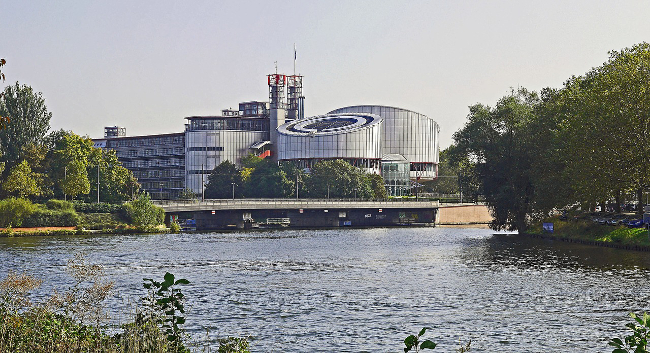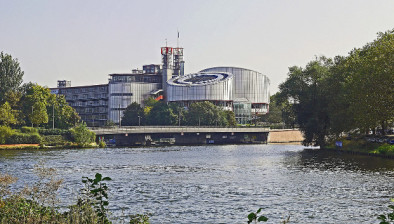Michael Farrell: Human rights court warns over treatment of intersex persons

Human rights lawyer Michael Farrell examines Strasbourg’s attitude to the treatment of intersex people in Europe.
In a decision issued on 19th May, the European Court of Human Rights indicated that so-called “sex normalising” surgery carried out on intersex persons, especially children, could be in breach of Article 3 of the European Convention on Human Rights, which prohibits torture, or inhuman or degrading treatment.
The decision was given in the case of ‘M’ v. France, No. 42821/18, which was dealt with by a seven judge panel headed by Vice President of the Court, Judge Siofra O’Leary, who is the Irish judge in the Court of Human Rights in Strasbourg.
Intersex persons, who are the “I” in LGBTQI, are persons who are born with reproductive or sexual characteristics that do not fit neatly into the binary pattern of male and female. This does not usually affective their general health but it has been common for doctors to operate on newborn infants or small children to make them conform with one or other sex, and they are then registered in that sex.
‘M’ was born in France in 1977 as a healthy child and with both male and female characteristics. A team of doctors told ‘her’ parents that she would have to be registered as male or female and that it would be easier and better if she was registered and brought up as a female. Three months later her male sexual organs were removed and as a result she was effectively sterilised as she would also be unable to have children. There was no suggestion that the surgery was medically necessary.
‘M’ had five serious operations and had feminising hormone therapy in the succeeding years. She was very unhappy but did not find out until she was 23 that she was born intersex and that this was the reason for all the medical interventions. She became seriously depressed and confused about her real gender and was diagnosed as having post traumatic stress disorder and was no longer able to work.
She began a legal action over her treatment but the French courts held that she was outside the time limits and had not taken one action that might have been open to her. They dismissed her case. She complained to the Strasbourg court, claiming that her treatment was in breach of Article 3 of the Human Rights Convention. The Court accepted the argument by the French authorities that ‘M’ had not exhausted all the possible remedies available before the French courts and held that the case was inadmissible.
However, despite rejecting ‘M’s’ claim, the Strasbourg court went on to consider in considerable detail whether so-called “gender normalising” treatment could amount to “torture, inhuman or degrading treatment” under Article 3 of the Convention. While acknowledging that generally an intention to harm a complainant would be necessary to bring medical treatment within the scope of Article 3, the Court stated that “an act of a medical nature carried out without therapeutic necessity and without the informed consent of the person concerned is liable to constitute ill-treatment within the meaning of Article 3”. And a plea that the surgery was medically necessary would have to be “convincingly demonstrated”’.
The Court went on to say that “sterilisation of a person carried out without therapeutic purpose and without his informed consent is thus in principle incompatible with respect for the freedom and dignity of man and constitutes treatment contrary to Article 3”. This also applied to genital mutilation of male as well as female organs and it applied particularly to the treatment of children who are too young to understand what was happening or to give informed consent to it.
The Court also referred to growing concern about “gender normalisation” treatment by Council of Europe, European Union and United Nations bodies, notably set out in a 2017 resolution of the Parliamentary Assembly of the Council of Europe, calling on member states of the Council of Europe to “prohibit surgical acts of ‘sexual normalisation’ without medical necessity as well as sterilisations and other treatments carried out on intersex children without their informed consent”.
However, the Court then said that because it had found that ‘M’s’ case was inadmissible, it would not form a judgment as to whether the facts of that case would have brought it within the scope of Article 3.
Strictly speaking, once the case was found to be inadmissible, there was no requirement for the Court to examine the substantial issues involved. The fact that the Court did deal with these issues, and at some length, suggests that it wanted to set out clearly its views about “sexual normalisation” treatment and encourage member states to change their laws on this issue rather than waiting for a number of other cases to come before the Court and for the states in question to be found in breach of the provision of the ECHR that prohibits torture, inhuman or degrading treatment.
- Michael Farrell is a member of the Council of Europe’s Commission Against Racism and Intolerance (ECRI) and chair of ECRI working group on LGBTI rights in Europe. This article first appeared in the PILA Bulletin.









